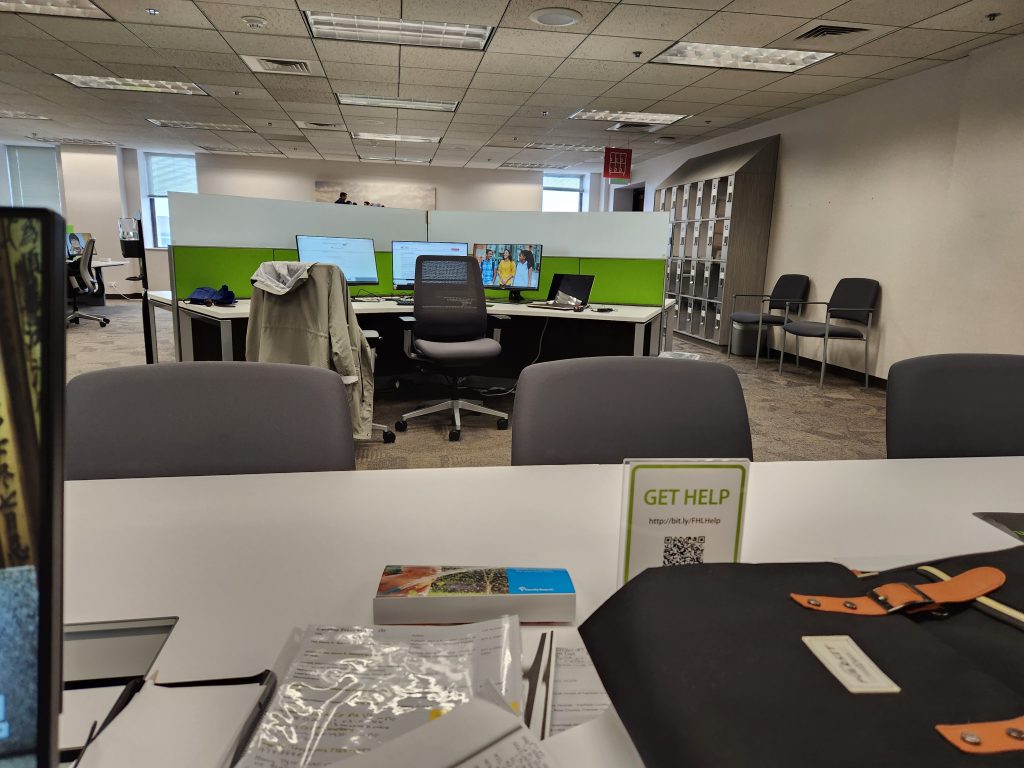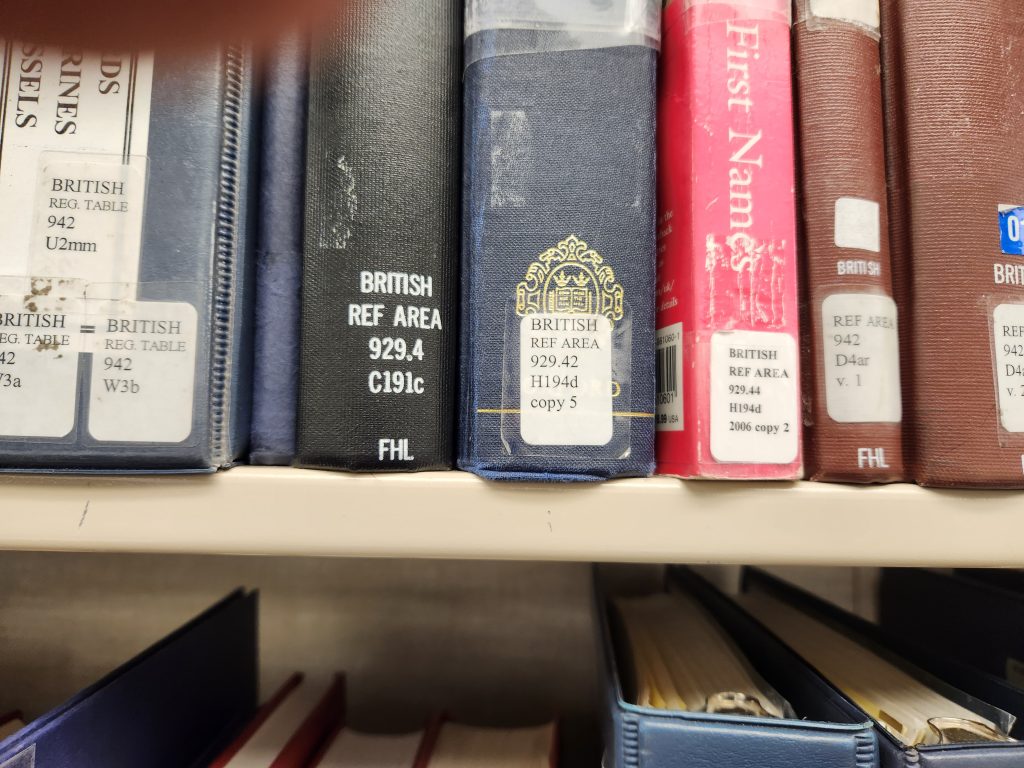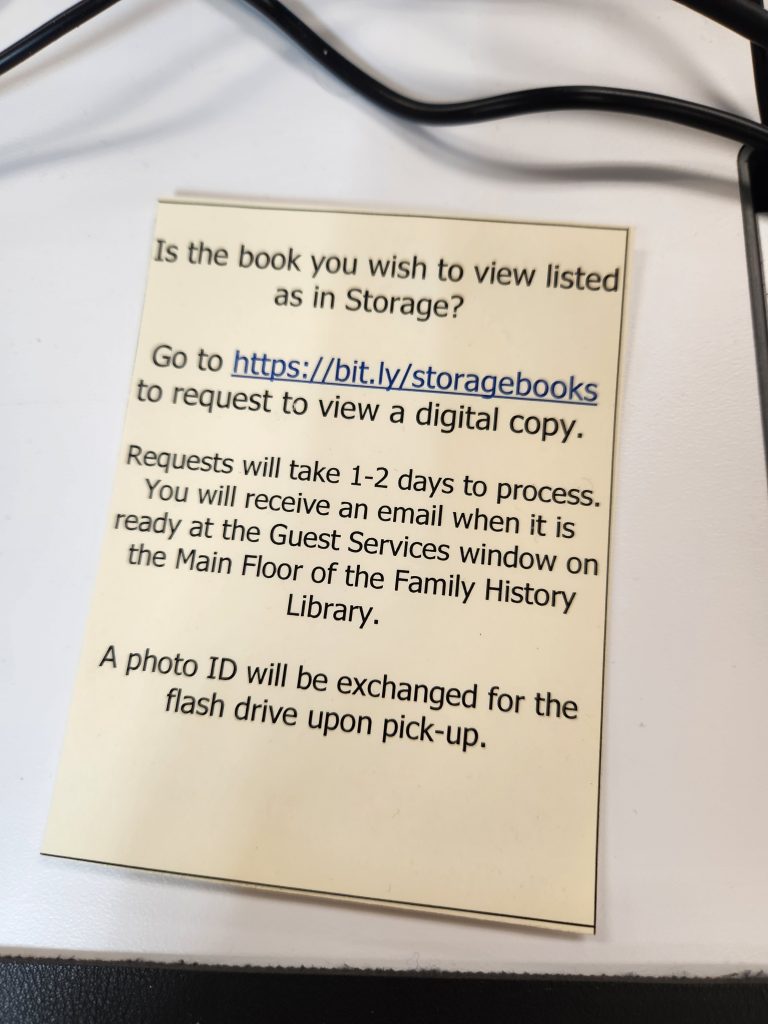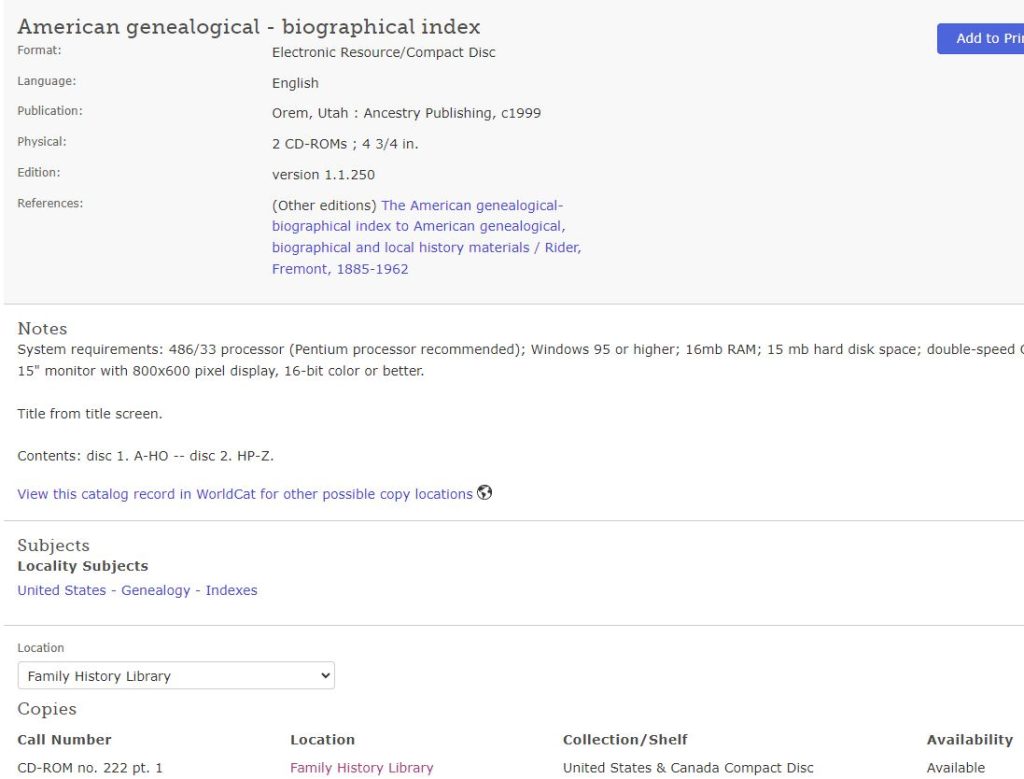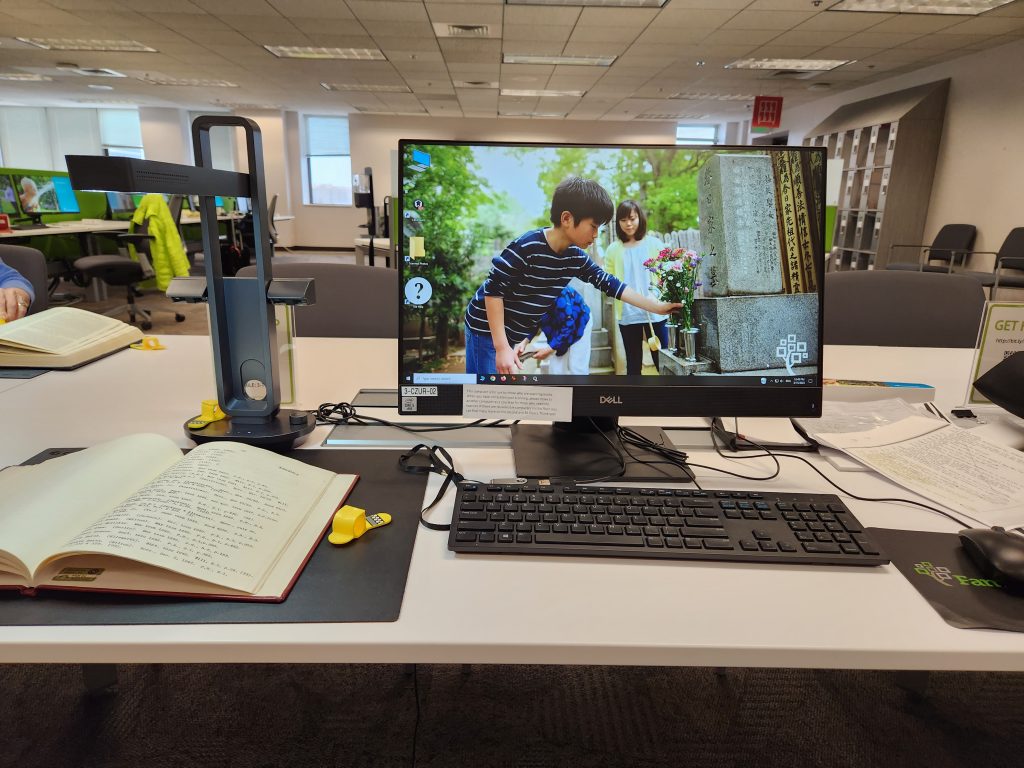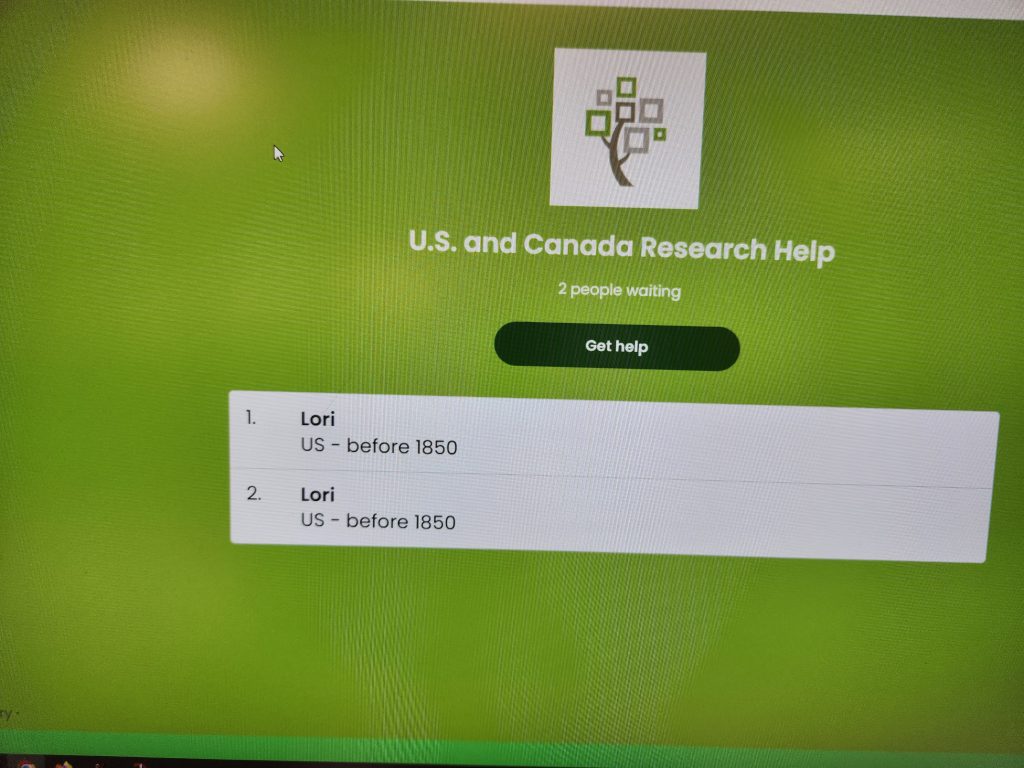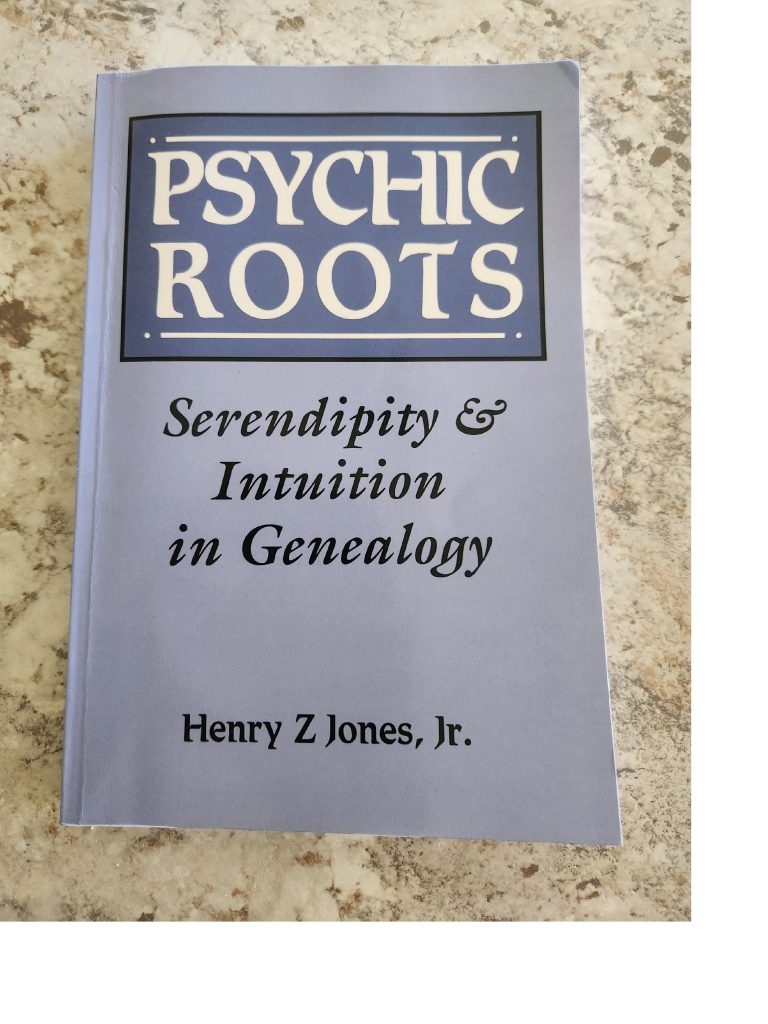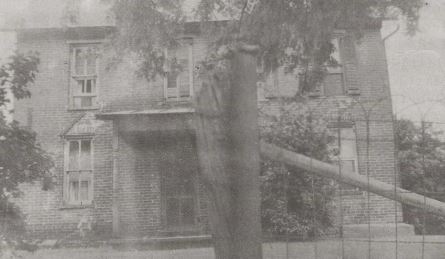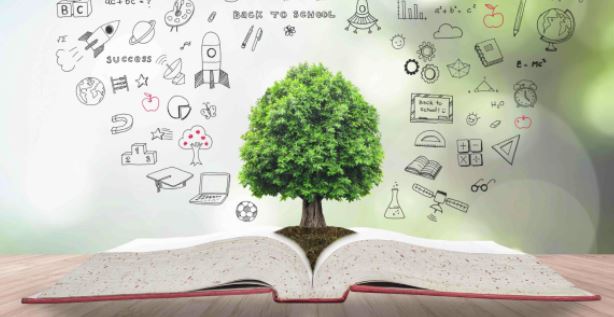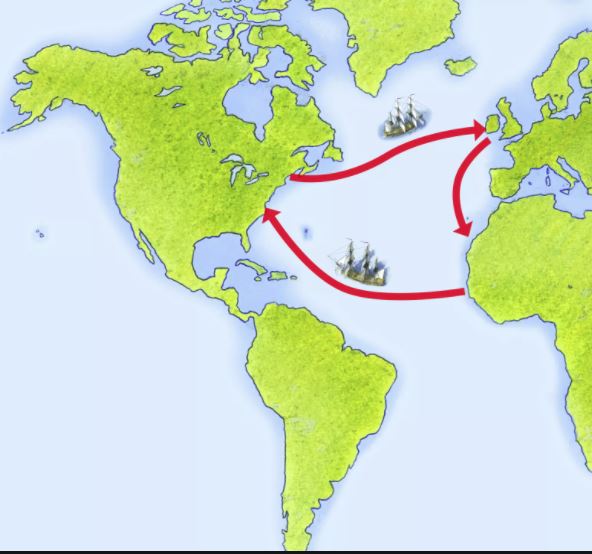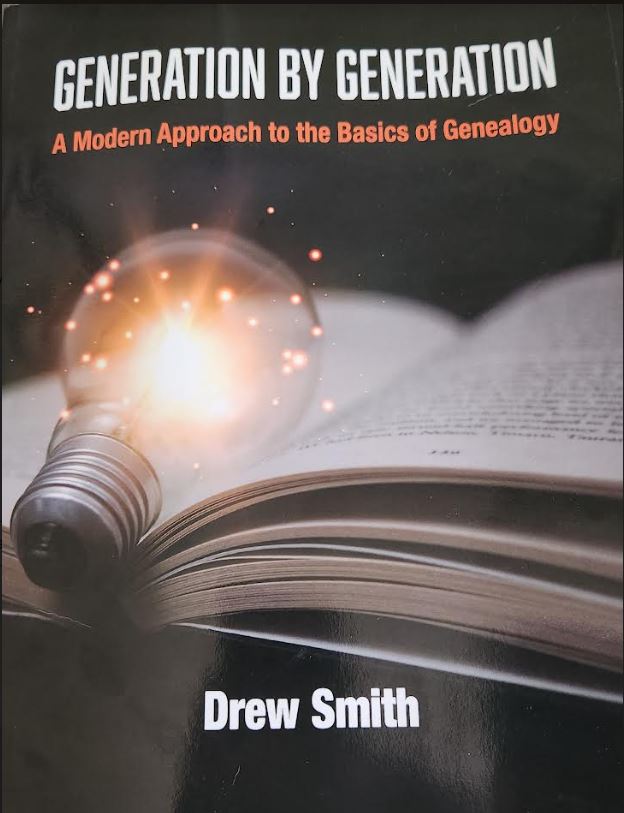
Photo of book cover by Lori Samuelson
Ahh, beach season is upon us. Most of you might put aside your family history research while you hit the sand at the lake or seashore. I say it’s the time to rest, relax, and plan your colder-weather genealogical research.
I found the perfect book to accompany you in a comfy lounge chair – Generation by Generation: A Modern Approach to the Basics of Genealogy by Drew Smith (Baltimore, MD: Genealogical Publishing Company, 2023). Drew is a librarian at the University of South Florida and who better to help you with your family research than an expert in books?
Generation by Generation was designed as the book that Drew wished he had when he began his family history journey. Unlike other beginner genealogy books, this one starts with the basics to prepare you to begin your research and then moves to what primary record sets are available for you to use to find sources from your generation backward in time. I do appreciate the emphasis on beginning with oneself which newbies so often skip in their search for far-flung ancestors. Too often, they realize that they were mistaken and that the folks they had researched aren’t their forebears. Drew’s approach is straightforward and helps to ensure accurate results and organized records.
Throughout the text, the importance of record analysis is stressed without the worry that one is not doing genealogy correctly. Personally, I have met too many beginners who were so concerned about not recording a citation perfectly that they omitted the information entirely. Drew removes the anxiety while encouraging the reader to be cautious regarding spelling variations, different people with the same name in the same place/time, and inconsistency in records. The explanation of the basics of DNA is so well written that I shared it with family members whose eyes often glaze over when I’m talking about autosomal. Now they understand!
I agree that “the best thing that a genealogical researcher can do is to be comfortable with change. You’ll always be learning something new.” This is exactly how this advanced researcher views the information found in this beginner book. I learned that the United States Board on Geographic Names (BGN), which standardizes the place names within our country, has schools as one of their categories on their searchable site. I never thought of looking there and will include that information in an upcoming presentation I will be giving this month.
No spoiler alert here but I also learned a more efficient technique when using WorldCat to search for family genealogies. Who knew? Apparently Drew and if you purchase the book, you will, too.
For a beginner book, there is very little I would have added as the work is concise and nonintimidating for a novice. One item I would have added is regarding PERSI; I highly recommend contacting the publisher of a journal, magazine, or newsletter if you cannot find a local copy and before you request a copy for pay through the Allen County Public Library (ACPL). I research often at ACPL and those folks are wonderful and overworked. I know they would appreciate it if you exhausted all avenues first to find a copy before contacting them.
I highly recommend obtaining a copy of Generation by Generation, regardless of your skill level. As Drew stated, “Your role, as a genealogist, is to tell the real story about your ancestors, and by following these research steps, you’ll have the best chance of discovering the real facts of their lives.” Amen!

